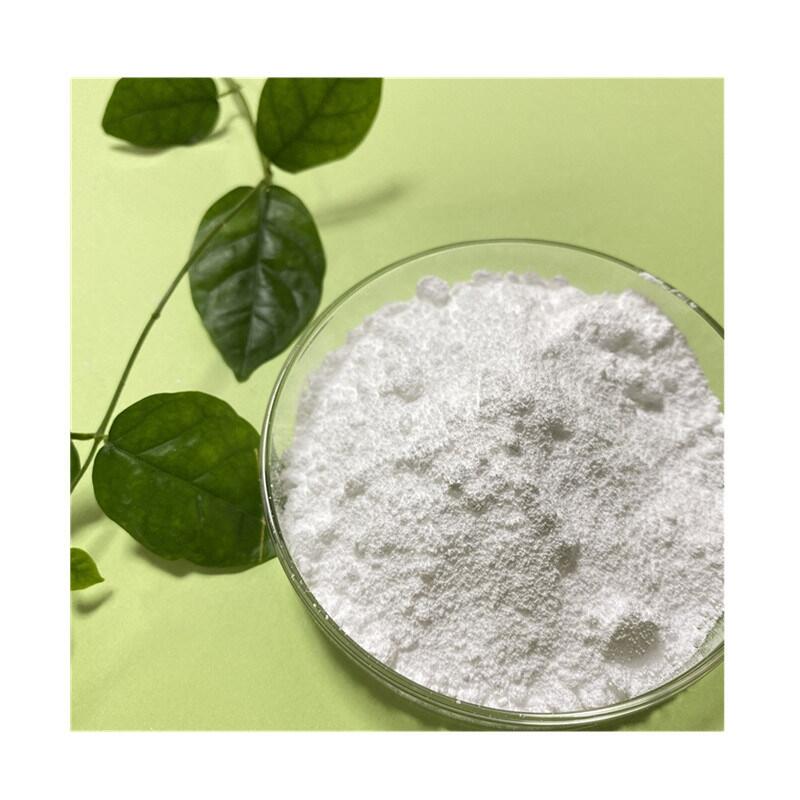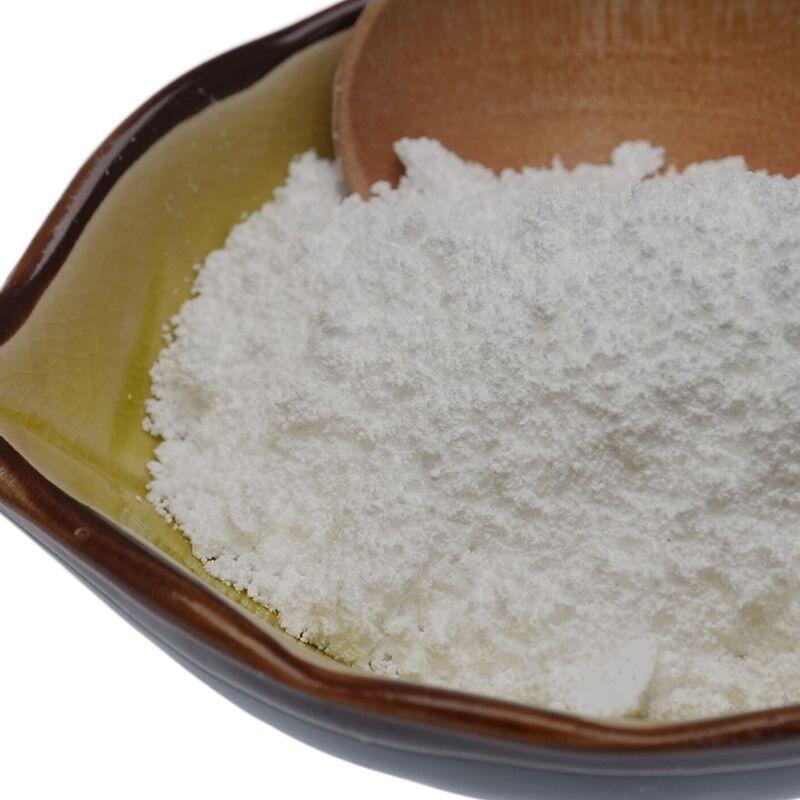-
Categories
-
Pharmaceutical Intermediates
-
Active Pharmaceutical Ingredients
-
Food Additives
- Industrial Coatings
- Agrochemicals
- Dyes and Pigments
- Surfactant
- Flavors and Fragrances
- Chemical Reagents
- Catalyst and Auxiliary
- Natural Products
- Inorganic Chemistry
-
Organic Chemistry
-
Biochemical Engineering
- Analytical Chemistry
-
Cosmetic Ingredient
- Water Treatment Chemical
-
Pharmaceutical Intermediates
Promotion
ECHEMI Mall
Wholesale
Weekly Price
Exhibition
News
-
Trade Service
Recently, the team of Professor Xia Zanxian from the School of Life Sciences of Central South University published a research paper entitled "M6A-mediated upregulation of circMDK promotes tumorigenesis and acts as a nanotherapeutic target in hepatocellular carcinoma" in the international academic journal Molecular Cancer, finding for the first time that circMDK promotes hepatocellular carcinoma Cancer (HCC) progression and new understanding of the pathogenesis of H.
Liver cancer is one of the common malignant tumo.
It mainly includes surgical resection, liver transplantation, immunotherapy and local ablati.
Circular RNAs are a class of endogenous non-coding RNAs, which are more stable than conventional RNAs because of their special circular structur.
Through strategies such as high-throughput sequencing and bioinformatics data mining, Xia Zanxian's team identified a batch of differentially expressed circular RNAs from liver cancer tissues and conducted in-depth research, and obtained a series of original discoveri.
In the paper, they found that the circular RNA circMDK is highly expressed in liver cancer tissues and cells, and that circMDK has m6A methylation modificati.
In addition, the team of Xia Zanxian designed an siRNA that can effectively downregulate circMDK, and used poly(β-aminoester) (PAEs) cationic nanoparticles to prepare a PAE-siRNA complex that can effectively deliver the siR.
Using four liver tumor models (subcutaneous tumor model, lung metastatic tumor model, patient-derived xenograft (PDX) model, and orthotopic tumor model), the team verified that PAE-siRNA complexes can downregulate the expression of circMDK in HCC cel.
Du Ashuai , a doctoral student from the School of Life Sciences of Central South University , and Li Shiqin , a master student , are the first authors of the artic.
Dua Shuai Li Shiqin Xia Zanxian
This work was supported by Associate Professor Zhang Qianjun from the School of Basic Medicine of Central South University, Associate Researcher Li Shanni from the School of Life Sciences and Professor Peng Jian from Xiangya Hospit.
leave a message here






